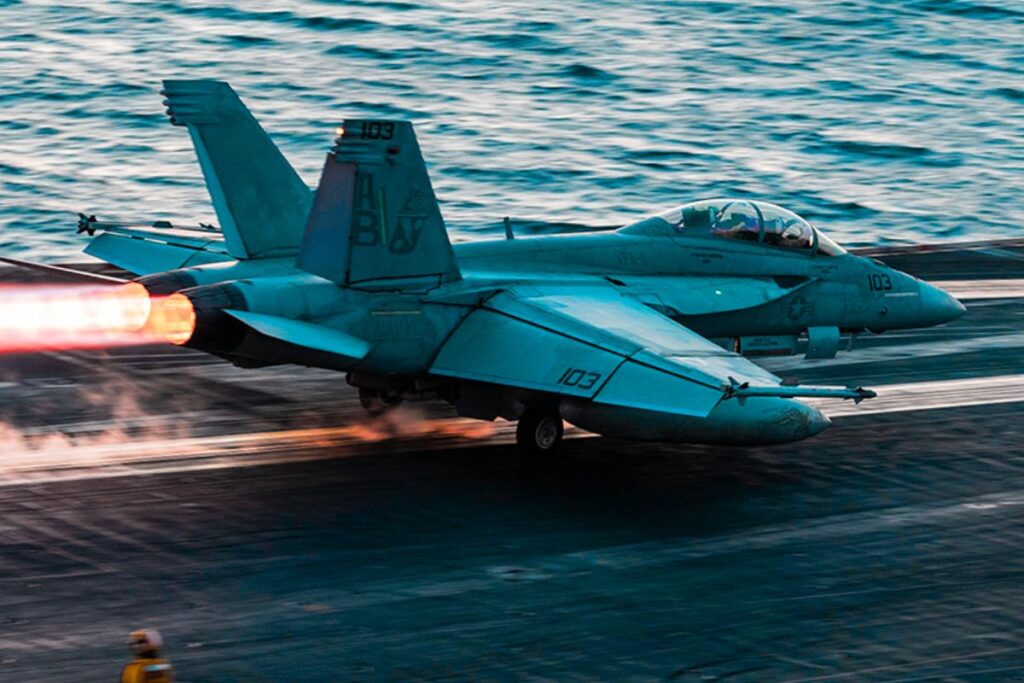USS Harry S. Truman Faces Series of Aircraft Mishaps Amid Red Sea Operations
The USS Harry S. Truman (CVN-75), a Nimitz-class aircraft carrier of the United States Navy, has experienced a series of aviation mishaps during its current deployment in the Red Sea. These incidents have raised concerns about operational safety and the challenges faced by naval forces in high-tempo environments.
Recent Incident: F/A-18F Super Hornet Lost During Landing
On May 6, 2025, an F/A-18F Super Hornet fighter jet crashed into the Red Sea after an arrestment failure during a landing attempt on the USS Harry S. Truman. Both pilots ejected safely and sustained only minor injuries. This incident marks the second loss of a high-value fighter jet in less than 10 days. Previously, a $56 million F/A-18 accidentally rolled off the same aircraft carrier during an evasive maneuver aimed at dodging fire from Houthi rebels in Yemen.
Previous Incidents: A Pattern of Challenges
In addition to the recent loss, the USS Harry S. Truman has faced other significant incidents:
-
April 28, 2025: An F/A-18E Super Hornet and a tow tractor fell overboard during a mishandling incident, causing minor injuries to a crew member.
-
December 2024: A Super Hornet was accidentally shot down by the cruiser USS Gettysburg in a friendly fire incident. Both aviators ejected safely.
-
February 2025: The Truman collided with a merchant ship near Egypt, leading to the removal of its commanding officer.
Operational Context: High-Tempo Deployment
The USS Harry S. Truman has been actively engaged in military operations against Iran-backed Houthi forces in Yemen. Since March, U.S. forces have launched strikes on over 800 Houthi targets in Yemen. The carrier has been repeatedly targeted by Houthi attacks, although President Trump announced a ceasefire agreement with the rebels, facilitated by White House envoy Steve Witkoff.
Implications and Response
These incidents have prompted the Navy to review safety protocols and operational procedures aboard the USS Harry S. Truman. While the carrier remains mission-capable, the series of mishaps underscores the risks inherent in high-tempo naval operations. The Navy has not disclosed specific changes but emphasizes the importance of safety and readiness in ongoing deployments.

